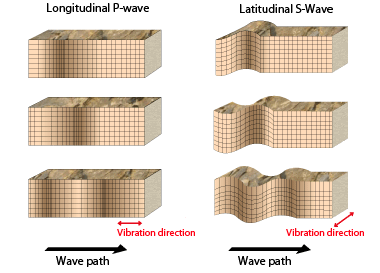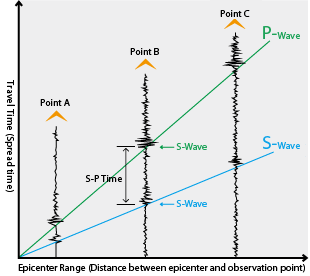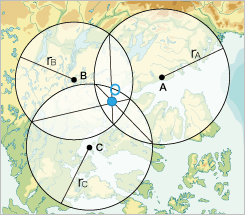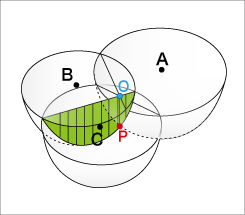Case Studies
Timing & Synchronization technology adopted base station for Seismograph and GPS timing technology
When an earthquake occurs, television and radio sources provide detailed information for people to take prompt action. To accomplish this, it is first important to quickly and accurately estimate the location of the epicenter, and to this end extremely accurate time is required. GPS-based 1PPS timing output is the primary accurate provider of this time. The installation rate of Furuno-made seismographic timing devices currently holds the number one market share position, and we are proud of our contributions to public safety in Japan, which is an extensively earthquake-prone country. The accuracy and stability are indeed highly reliable and trustworthy.
The following is an introduction to the epicenter determining mechanism.
1. Types of seismic waves
Seismic waves can be roughly classified into three types: longitudinal P-waves that have a compressional structure similar to sound waves, torsional latitudinal S-waves, and surface-travelling waves. An earthquake begins with small shaking and rattling, and continues into larger trembling. The first minor shaking is caused by P-waves, and large tremors are the result of S-wave activity.

2. Method for determining the epicenter
Determining the epicenter is done by comparing the speed differences in P-waves and S-waves. P-waves move through the crust at 8 km/s, while S-waves move through the crust at 4 km/s, and the further away from the epicenter, the longer the arrival time between the P-waves and S-waves becomes.
The distance to the epicenter (r) can be calculated by using the time and speed difference between P-waves and S-waves (S-P time).

However, if observing from only one observation point, we can only see that the epicenter is somewhere within the radius(r) of this point. If we know the distances of three observation points (A, B and C) and their respective radius' (rA, rB and rC), the epicenter (P) can be deduced as being at the intersection of the three spherical surfaces.


To deduce this, the many observation points over a wide area require an accurate common time. The GPS provides this time in the timing output. The degree of accuracy is within 1μs.
3. The Japan Meteorological Agency EEW (Earthquake Early Warning System)
When an earthquake occurs, devastating S-waves can arrive from within a few seconds to a few minutes, depending on the distance, so it is important to take all possible action needed in that time to minimize damage. The Earthquake Warning System is designed to aid in that.
The Japan Meteorological Agency issues EEW (Earthquake Early Warning) alerts based on real-time data transmitted from seismographs throughout Japan. Even if an EEW is issued only tens of seconds before the tremors arrive, it may allow enough time for emergency measures such as turning off of gas, etc., which can be effective in helping to reduce damage.
Related Products
-
NEW

Timing Multi-GNSS Receiver Module Model GT-100
Achieves the world's highest robustness and stability by receiving dual band(L1/L5)
-
NEW

Timing Multi-GNSS Receiver Module Model GT-90/GT-9001
Achieves the world's highest stability, less than 4.5 ns (1σ), under open-sky conditions, with a L1 single band receiver
List of Case Studies
-
Automated emergency response systems (eCall / ERA-GLONASS)

-
Smart grid and GPS/GNSS timing solutions

-
Grand Master Clock and GPS/GNSS timing solutions

-
GT in Pmod™ module (NetTimeLogic)NEW

-
Outdoor Time Synchronization: Measurement of Radio Propagation in Outdoor Mobile Communication Environment (Niigata University)

-
Time Synchronization Between Radio Telescopes: Toward Observing Radio Waves from Exoplanets (Tohoku University)NEW

-
Community broadcasting Synchronization [Multi-GNSS Disciplined Oscillator]

-
FURUNO Timing and Synchronization technology adopted base stations for Digital Terrestrial Television Broadcasting

-
FURUNO Timing and Synchronization technology adopted base station for mobile telecommunications

-
FURUNO Timing and Synchronization technology adopted for seismometer

